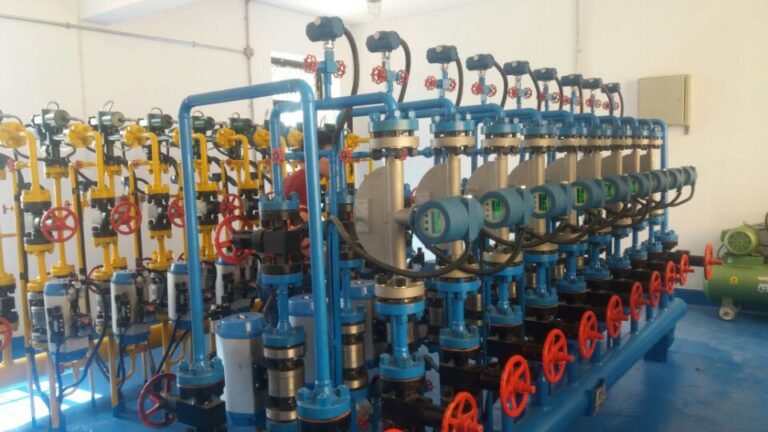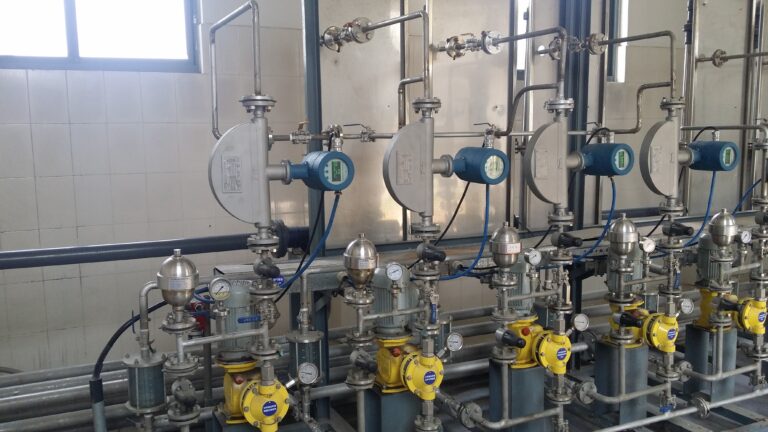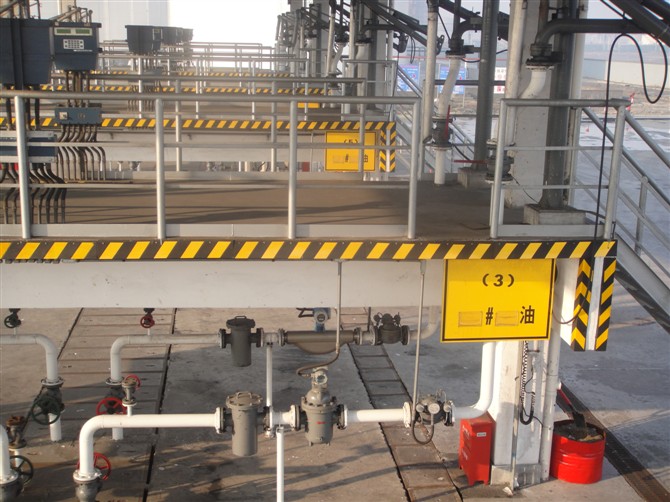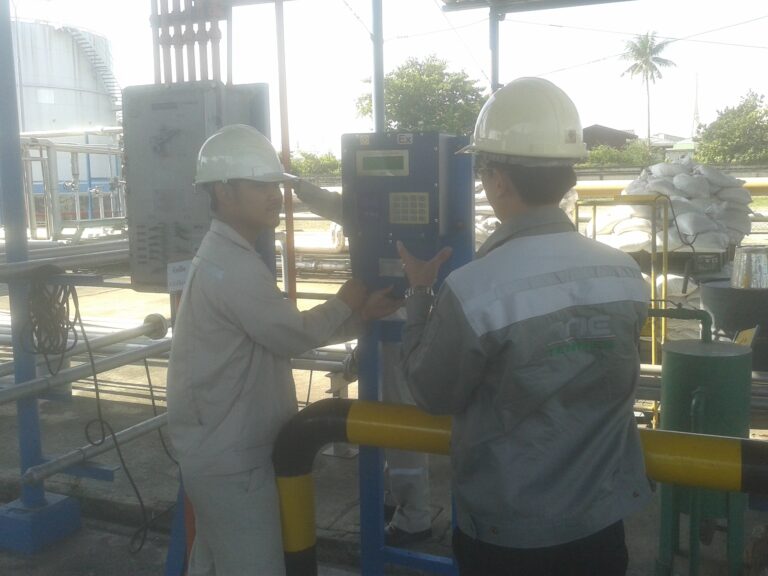Flow measurement is the science of studying changes in quantities, and the principle of mass interconversion is fundamental to the development and interconnection of all things. As such, the objects of flow measurement are no longer limited to liquid in pipelines in the traditional sense.
Any process that involves monitoring quantity changes requires flow measurement. Flow, along with pressure and temperature, is one of the three major measurement parameters. By knowing these three parameters for a specific fluid, its energy can be calculated, which is essential for energy conversion measurements in production processes and scientific experiments. Therefore, flow instruments, like pressure and temperature instruments, are widely used.

Here are ten common mistakes made in selecting a flow meter:
1. Blind Faith in Imported Products
Many people believe that imported products are always the best. However, from over ten years of experience in the flow instrumentation field, I can confirm that domestic products typically offer the best value for money (with the exception of those flow meters that cannot be produced domestically). When purchasing imported instruments, you are not only paying a premium price, but after-sales service can also be challenging to secure. For instance, even a small part might take a month to arrive, and you could end up paying tens of times the cost of a similar domestic product.

2. Thinking Expensive Equals Better Quality
In the realm of flow instruments, there are two main reasons why certain products are more expensive. One is the pricing strategy of the manufacturer, and the other is the low production volume, which forces manufacturers to raise profits on individual units to stay profitable.
3. Blind Faith in a Single Flow Meter Manufacturer
Some buyers, after having a positive experience with one type of flow meter from a manufacturer, assume that this company can supply all their flow meter needs. However, the flow meter market comprises nearly a hundred different types of products. No domestic manufacturer can claim to produce every kind of flow meter. This will become apparent in both pricing and after-sales service over time.
4. Blindly Opting for New Flow Meter Models
Be cautious of being swayed by sales representatives promoting new flow meter models. Often, you are being used as a test subject. While the flow meter may pass initial calibration, can it deliver reliable, long-term performance? Will it truly meet your needs? Unlike smartphones or televisions, flow meter technology does not evolve at such a fast pace. It’s usually the older models that have stood the test of time.

5. Selecting Based Solely on Pipe Size
This is one of the most common mistakes, leading to suboptimal measurement results. The issue is not with the quality of the flow meter itself but with the fact that, like all measuring instruments, a flow meter has a specific measurement range.
6. Ignoring the Type of Medium
Although this mistake is less common, I’ve encountered cases where vortex flow meters were used to measure slurry, which is clearly inappropriate.
7. Believing One Flow Meter Can Measure Anything
If a manufacturer or salesperson tells you that their flow meter can measure anything, feel free to show them the door. They are not telling you the truth.

8. Not Following Installation Requirements
Many flow meters require adequate straight pipe sections before and after the meter. Be sure to carefully read the user manual before installation to avoid unnecessary issues.
9. Not Setting Parameters After Installation
This often happens with battery-powered flow meters. The factory might have preset the parameters, so it seems ready to use out of the box. However, this can lead to significant measurement errors and unnecessary losses.

10. Skipping Regular Maintenance
Failure to perform regular maintenance will reduce the accuracy of the flow meter. Ask the manufacturer about maintenance requirements, similar to taking your car to a service center for a regular check-up after a certain period of use.
